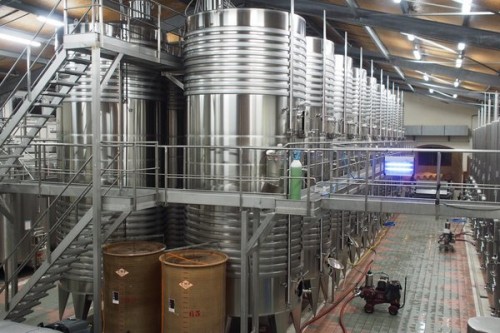
Rosé is a technical wine. This past few days I’ve been quizzing winemakers on just how they go about making it. Here’s a short introduction to making rosé wines, and how the winemaking decisions have implications for the final flavour.
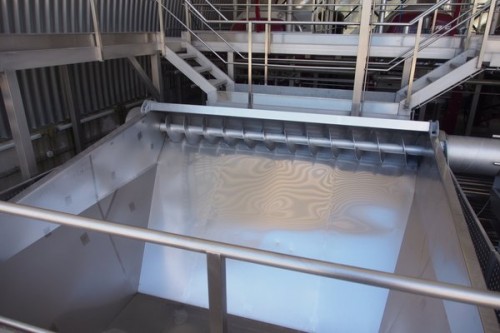
First of all, there’s the picking. Most grapes for rosé are machine picked. This has the advantage that the grapes can be picked at night or very early in the morning, when the weather is cool. Because rosé harvest spans the end of August through to mid September, the daytime temperatures are still pretty warm, and sometimes quite hot. Grapes picked at night are physiologically different to those picked during the day, and if grapes are pressed when they are warm, the juice oxidises faster and pressing them results in more phenolics coming from the skins, both of which are undesirable. Some hand picked grapes are picked into small bins, stacked, and then spend the night in a cool room or refrigerated container so they can be pressed the next day when they’ve cooled down.
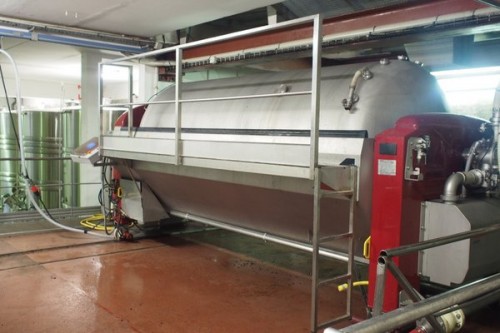
These days, machine-harvested fruit can be high in quality, resulting in berries that are almost intact. But inevitably there will be some release of juice into the picking bins, which can result in a bit of oxidation, and also a degree of maceration, with release of colour from the skins. If the fruit has to be transported significant distances after machine picking, then some quality can be lost. For this reason, some quality-oriented larger wineries have pressing stations near the vineyards, and then move the juice rather than transporting grapes. Whole bunches are desirable because the grapes remain intact until pressing, and pressing whole bunches results in juice with lower levels of phenolics (these add bitterness and make the wine more susceptible to oxidation).
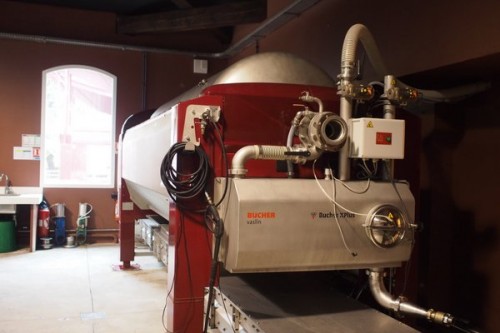
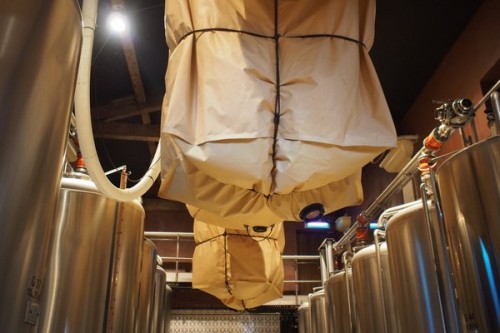
Then there is pressing, which is a crucial stage in rosé production. If some extraction of colour is required, this can be done in the press, by leaving the grapes in there, crushed, before starting the press cycle. These days, with the fashion for ever-paler rosé, there’s often no need for any extraction: the grapes give off enough colour in the pressing process itself without leaving them for extra time. There are two important elements of pressing: extraction and protection from oxidation. The juice that comes off earlier in the pressing process has lower levels of phenolics and can make finer wines. The juice that comes off later (known as the pressings), can have higher levels of phenolics and also more intense flavour. So a key decision is where to make the cut. Pressing exposes the juice to air and there are enzymes called polyphenol oxidases in the juice that can accelerate oxidation. For white wine making, often this early stage oxidation is desirable because it removes phenolics from the juice and makes the final wine more stable. But it can also remove delicate flavour molecules and flavour precursors, and so most people try to keep oxygen away from the must as much as possible. Thus it’s very common to see presses attached to big bags: this is the Inertys system, and it is popular in Provence. The bag acts like a nitrogen lung and inflates and deflates with each stage of the press cycle, making sure that as the grapes are crushed they aren’t exposed to oxygen. The Inertys system isn’t cheap, but many producers think it’s a worthwhile investment because pressing is such a crucial step in winemaking, where quality can be gained or lost.
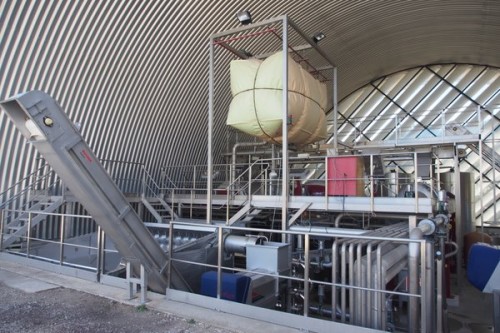
Then there is settling. The juice comes from the press and goes to a tank, where it is allowed to settle. This is where there’s quite a bit of variation. Some wineries take the juice and chill it hard, down to around zero centigrade. They then leave the juice in contact with the gross lees for it to extract as many flavour precursors as possible from these lees before fermentation begins (this is called juice tabulation, and the lees are commonly stirred at this time, but with inert gas so as not to introduce oxygen). This is popular because with the fashion for paler rosé there is less extraction from the skins, where many flavour molecules and their precursors are found. As a result, it’s necessary to find new ways to add texture and flavour to the wine. Others settle and then take off the juice to ferment it straight away. Some people like to work with cleaner juice than others, and so it’s quite common for enzymes to be added at this stage to help the juice settle faster.
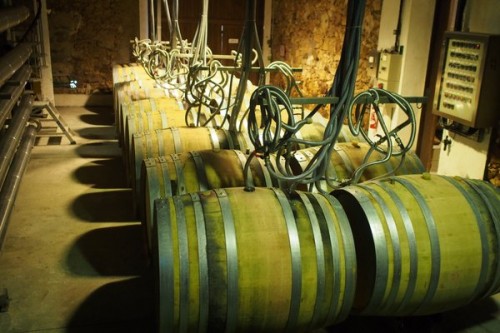
When the juice is taken off after settling, this leaves a layer of lees. This has a mix of solids that have settled and also juice, so it’s normal to recover this juice using a lees filter, which is a cylindrical drum-like device. The juice that results has a strong flavour to it, and it’s interesting to ferment this separately and then use it to blend later.
Alcoholic fermentation is the next stage. The juice is taken to either a stainless steel tank (very common), a cement tank (still common but getting less so) or a barrel (for high-end wines only) for fermentation. It’s common to inoculate with specific yeasts, but sometimes wild ferments are carried out. For more fruity wines, fermentation typically takes place at low temperatures (16 C would be common), but some people start fermentation warm and then cool it down a bit, because this helps with the production of fruity thiols that add passionfruit and grapefruit characters. Some experiment with tricks, such as fermenting rosé on the lees of aromatic white varieties such as Sauvignon Blanc to add more flavour precursors.
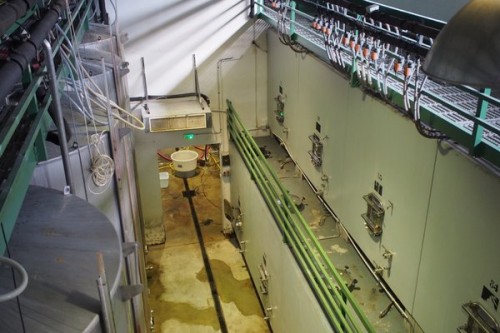
Then there’s an optional stage: malolactic fermentation, which is the second, bacterial fermentation that all reds and many white wines undergo. Whether or not to allow the wine to do malo (as it is known in the trade) is an important decision. Most will avoid it because it can result in a loss of acidity, but some like it because of the extra texture and slight creaminess that it brings. A wine that has done malo is more stable and requires less sulphur dioxide at bottling than one that hasn’t, so this is an extra consideration.
Finally, there is the blending stage. Provence rosé is almost always a blend of two or more grape varieties, and the particular varieties each bring something different to the wine. This is the stage where the colour can also be adjusted: some blend components will have more colour than others.

Because rosé is quite a seasonal wine, there’s a lot of pressure to get it to market as soon as possible. Many aim to get the wine in bottle by late December, to catch the ever important USA market. By the very latest, producers will need to have the previous harvest’s wine ready by March for commercial reason. So some winemaking decisions are driven by this. It’s hard to make a serious wine that needs more time to show its best, because that’s not what the market wants. However, some producers resist this commercial pressure and make wines that only really begin to show their best by mid-summer, and which still look really good a year later.
5 Comments on Making Provence rosé
This is a frustrating column.
The author, who is clearly knowledgeable, fails to offer concrete examples, that is the name of a specific winery and its rose, for each of variations in technical choices he outlines.
And no id’s for some of the winery images after the first few photos. (And the barrel photo, where is that taken?)
Grape names, nowhere does he list or discuss them and their intrinsic qualities in a blend, let alone percentages.
Also, he neglect’s to quote for example, Patrick Leon, who claims he was the first to insert cooling devices into Burgundian-sized barrels during/after fermentation for Chateau d’Esclans estate bottlings, including Garrus.
So, to me, his column while informative is incomplete, which left me thirsty for specifics.
Sorry, David, it’s a blog post. Not a feature article. Your points are good ones, of course
Hi Jamie,
I just came back from a visit and really enjoyed meeting the growers and winemakers. One thing the region is trying to overcome is the stigma that Provence is a seasonal beverage. The wine has many culinary applications and should be enjoyed year-round. I also had some interesting conversations about the direction—should Rose continue to be that fun loving libation, or could it become a more serious libation? After tasting many great examples of more serious Roses, I believe the U.S. has a market that would enjoy them.
…by the way, we must have just missed each other! It would have been fun to run into you in Provence. Next time 🙂
Hi Jamie I was interested in if you know about the use of carbon fining in the juices of Provence Rose, maybe they don’t want the general public to know, but have heard this is a pretty critical fining agent used at the juice stage and removed prior to ferment or some leave it in during fermentation? The pale pink salmon colour can be precisely pin pointed with laboratory trials with carbon.